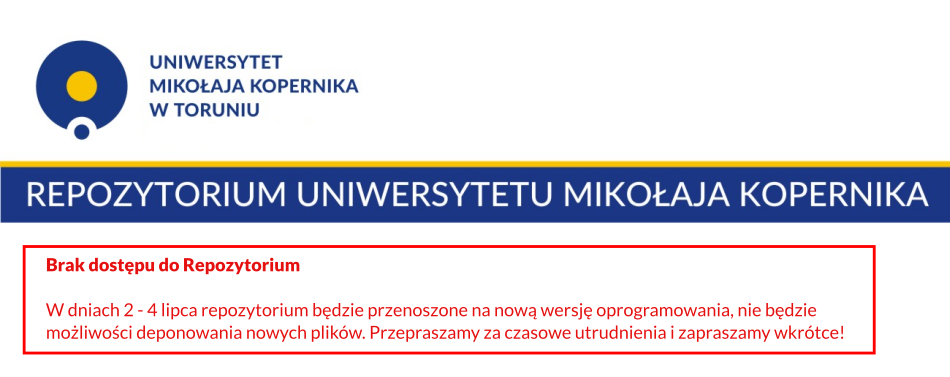| dc.contributor.author | Głuszkowski, Michał |
| dc.date.accessioned | 2013-05-06T14:30:29Z |
| dc.date.available | 2013-05-06T14:30:29Z |
| dc.date.issued | 2012 |
| dc.identifier.citation | E. Golachowska, A. Zielińska (red.), Tożsamość wobec wielojęzyczności. Konstrukcje i destrukcje tożsamości, t.2, Warszawa: SOW, 2012, s. 119-130 |
| dc.identifier.isbn | 978-83-89191-16-8 |
| dc.identifier.uri | http://repozytorium.umk.pl/handle/item/501 |
| dc.description.abstract | Vershina was founded in 1910 by Polish voluntary settlers. During first two decades the village consisted Polish cultural and language enclave, but as a result of changes caused with communism, repressions and collectivization, the village lost its former ethnocultural homogeneity. Nowadays the village regained its minority rights: religious, educational, cultural and organisational. However, during the years of communism and ateization, their culture and customs became much more similar to other Siberian villages. The linguistic changes were parallel to the evolution of the social situation. The language of Vershina is not a literary Polish language but an interdialect based on dialects from the first settlers’ places of origin. Polish dialect of Vershina has been under influence of Russian, which is the language of education, administration, and surrounding villages. Children and youth from Polish-Russian families become monolingual and use Polish very rare, only as a school subject and in contacts with grandparents. However, they still recognize both languages and try not to mix them. Thus, we can still speak about two systems. The cultural situation is completely different. During over 100-years history of the village, its cultural adopted many Russian, Soviet and Buryat elements. Nowadays even the maintained traditions are modified and constitute a cultural hybrid, which is the basis of a hybridized identity. |
| dc.language.iso | pol |
| dc.publisher | Slawistyczny Ośrodek Wydawniczy, Warszawa |
| dc.relation.ispartofseries | Konstrukcje i destrukcje tożsamości;2 |
| dc.rights | Attribution-NonCommercial-NoDerivs 3.0 Poland |
| dc.rights | info:eu-repo/semantics/openAccess |
| dc.rights.uri | http://creativecommons.org/licenses/by-nc-nd/3.0/pl/ |
| dc.subject | dwujęzyczność |
| dc.subject | dwukulturowość |
| dc.subject | dyglosja |
| dc.subject | hybrydyzacja kultury |
| dc.subject | mniejszość |
| dc.subject | Polacy |
| dc.subject | Syberia |
| dc.subject | Wierszyna |
| dc.subject | bilingualism |
| dc.subject | biculturism |
| dc.subject | diglossia |
| dc.subject | hybrydization of culture |
| dc.subject | minority |
| dc.subject | Poles |
| dc.subject | Siberia |
| dc.subject | Vershina |
| dc.title | Dwa języki – jedna tożsamość. Wierszyna – polska wieś na Syberii |
| dc.title.alternative | Two languages – one identity. Vershina – a Polish village in Siberia |
| dc.type | info:eu-repo/semantics/bookPart |
Pliki:
Z pozycją są związane następujące licencje:


